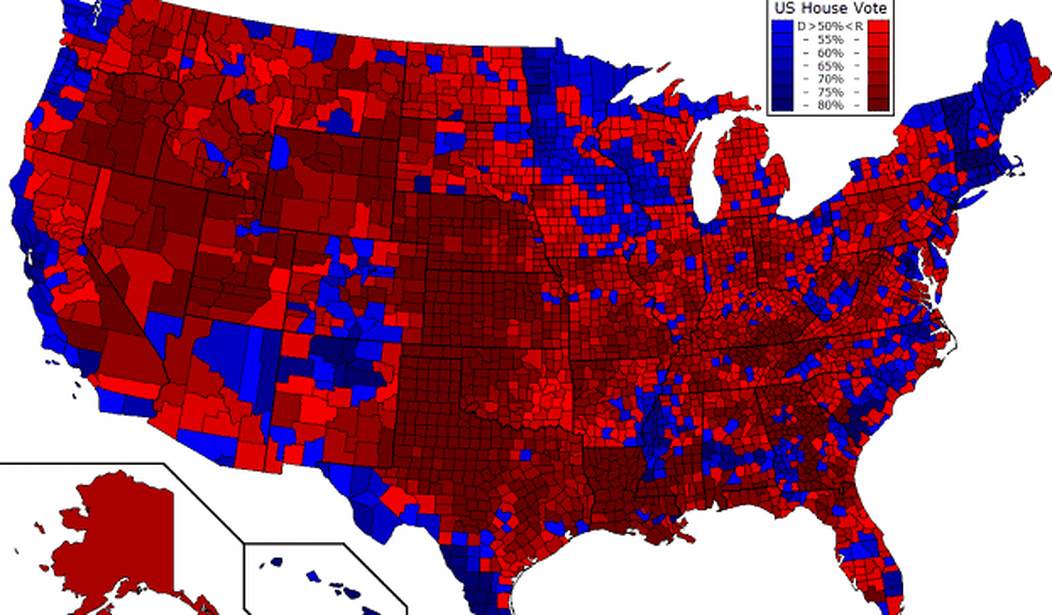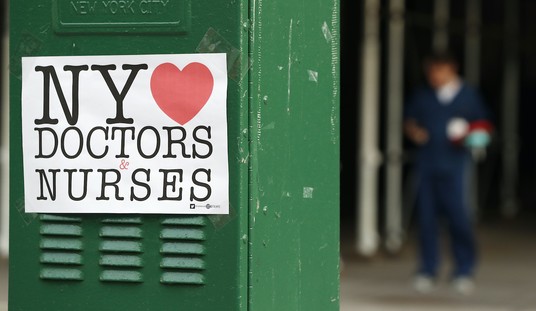A few days ago, John Judis, the co-author of the book on every liberal’s bookshelf, The Emerging Democratic Majority, took to the pages of National Journal to write an article called The Emerging Republican Advantage.
At the time, some commentators, including me, hailed the onset of an enduring Democratic majority. And the arguments in defense of this view did seem to be backed by persuasive evidence. Obama and the Democrats appeared to have captured the youngest generation of voters, whereas Republicans were relying disproportionately on an aging coalition. The electorate’s growing ethnic diversity also seemed likely to help the Democrats going forward.
These advantages remain partially in place for Democrats today, but they are being severely undermined by two trends that have emerged in the past few elections—one surprising, the other less so. The less surprising trend is that Democrats have continued to hemorrhage support among white working-class voters—a group that generally works in blue-collar and lower-income service jobs and that is roughly identifiable in exit polls as those whites who have not graduated from a four-year college. These voters, and particularly those well above the poverty line, began to shift toward the GOP decades ago, but in recent years that shift has become progressively more pronounced.
The more surprising trend is that Republicans are gaining dramatically among a group that had tilted toward Democrats in 2006 and 2008: Call them middle-class Americans. These are voters who generally work in what economist Stephen Rose has called “the office economy.” In exit polling, they can roughly be identified as those who have college—but not postgraduate—degrees and those whose household incomes are between $50,000 and $100,000. (Obviously, the overlap here is imperfect, but there is a broad congruence between these polling categories.)
Why has this amazing about face happened? According to Judis, this has happened because people tend to vote their pocketbooks and for less government interference in their lives. Especially those with education:
TO MAKE AN educated guess about whether these trends will continue, it helps to look at how the white working class and middle class have behaved historically. White working-class voters began defecting from the Democratic Party in 1968. Initially, this was in response to civil-rights legislation and Lyndon Johnson’s War on Poverty. But soon their opposition to government action on behalf of blacks had crystallized into a general opposition to government spending and taxes. According to a Democracy Corps study, white working-class voters overwhelmingly agree—by 12 percentage points more than the average voter—with the statement: “When something is run by the government, it is usually inefficient and wasteful.”
For their part, middle-class voters have long been mistrustful of government. In a 2010 study based on the extensive General Social Survey conducted semiannually by the National Opinion Research Center, political sociologists Leslie McCall and Jeff Manza found that those with college but not postgrad degrees exhibited more marked opposition than any other educational grouping to government spending, and to policies that promised to redistribute income from the rich to the poor.
So, who does Judis think can win consistently for Republicans. No surprise: RINOs.
It now appears that, in some form, the Republican era which began in 1980 is still with us. Reagan Republicanism—rooted in the long-standing American distrust of government, but perhaps with its roughest theocratic and insurrectionary edges sanded off for a national audience—is still the default position of many of those Americans who regularly go to the polls. It can be effectively challenged when Republicans become identified with economic mismanagement or with military defeat. But after the memory of such disasters has faded, the GOP coalition has reemerged—surprisingly intact and ready for battle.
What Judis elides over and dismisses is the fact that some of the “theocratic and insurrectionary edges” — right to life and Second Amendment — remain issues that draw 60%+ majorities in polling. Political observers should, as my colleague Moe Lane says, come away nervous about making global and permanent predictions of electoral success by any party. What the GOP should take away from this is that Americans are in the mood for smaller, humbler, and less intrusive government. They don’t want a large, fuzzy, “compassionate” government. They want keep their money and they want to be left alone. If the GOP wants to encourage this trend, they’ll sit up and take notice.















Join the conversation as a VIP Member